Research & Studies
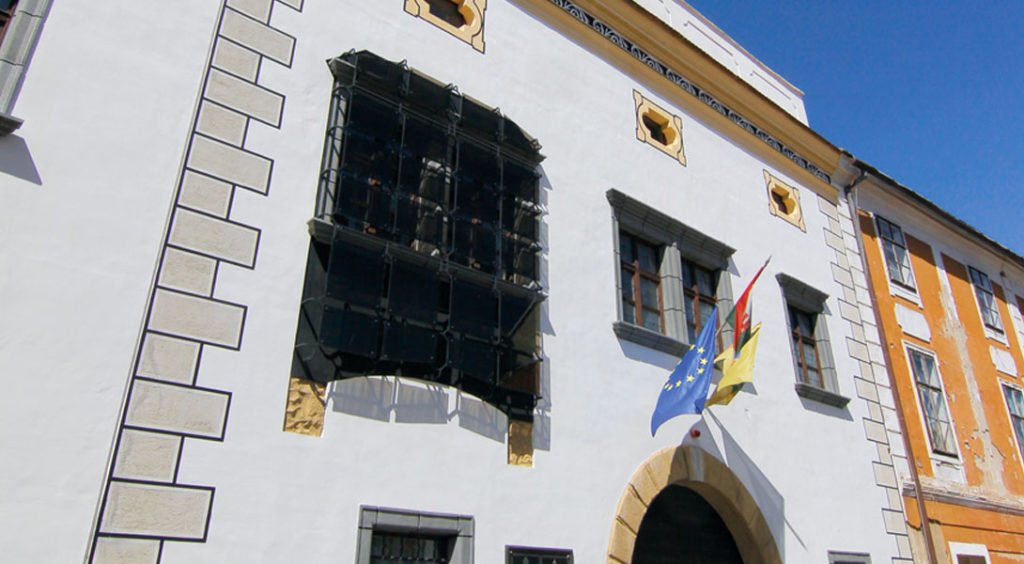
Revival and completion – Building renovations within the framework of the KRAFT program
Sgraffito House
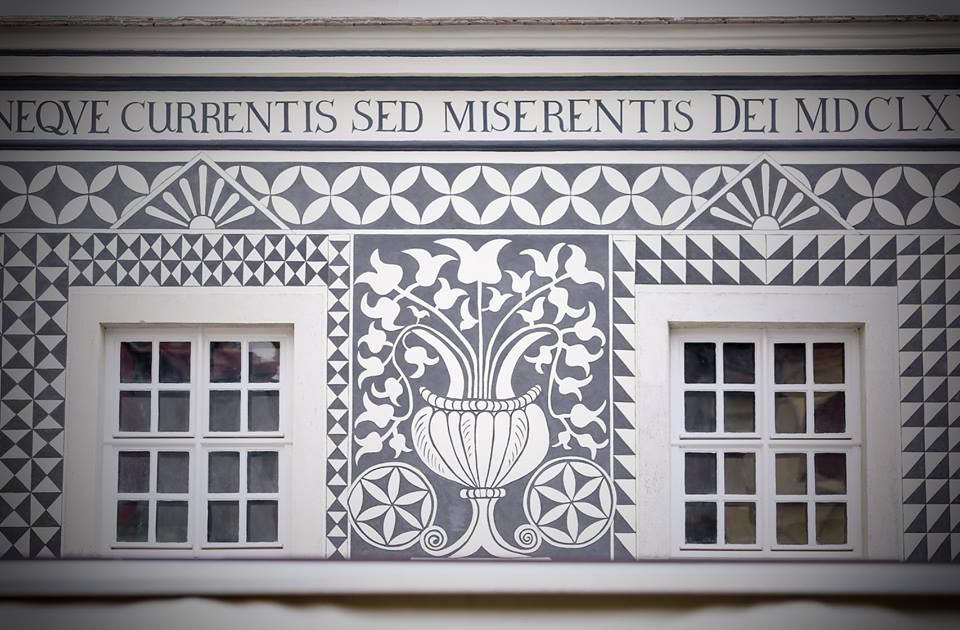
Probably everyone that has even once visited Kőszeg has heard of the Sgraffito House and has admired it. It is not by coincidence that it forms a major element of the historic reconstruction of Jurisics Square and that of the line of houses opposite to the Town Hall. Additionally, it is a remarkable example of the façade decoration technique it is named after. The building is mostly known for its special decoration and its inscription. The quotation inscripted on the building’s wall derives from the secret motto of Gábor Medve – a friend of protagonist Benedek Both (BB) in ’School at the Frontier’ written by Géza Ottlik. The quotation comes originally from the Letter of St. Paul to the Romans.
Considering its 17th-20th century history, besides the attribute ‘Sgraffito’, many further names can be mentioned. It could be called the House of Surgeons as it was owned by several local barbers between the second half of the 1600s and the first decade of the 1800s (Bien, Salamon, Haasz, Baumann families).
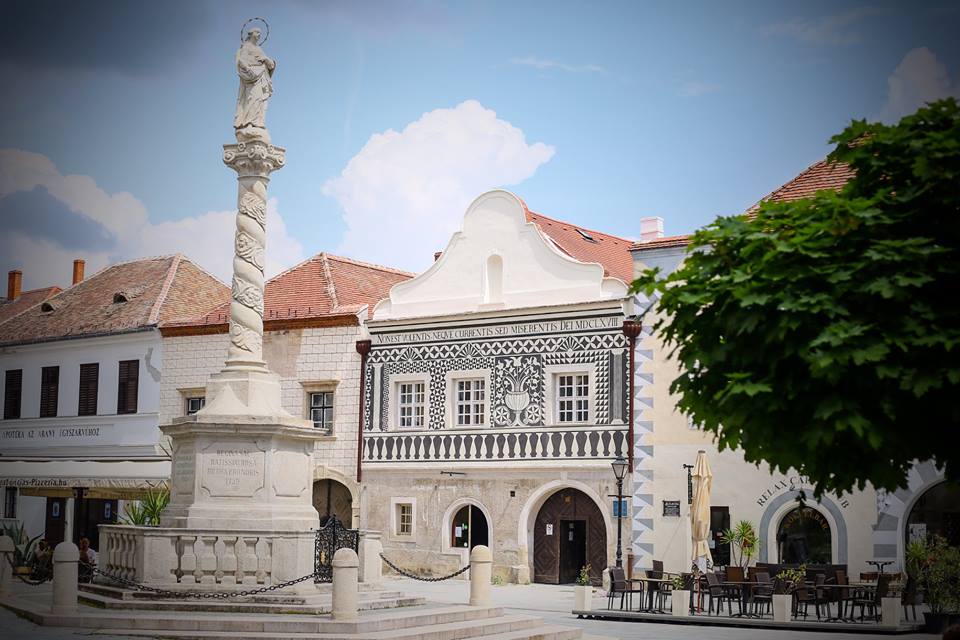
Furthermore, it could be also called the House of Love as we know two owners from the 18th century, love life (debauchery) of whom caused indignation within the moral community of the town. One of the residents once living in the House was András Schlamatinger appointed as temporary mayor of the district in 1849 and he also functioned as servants’ judge (iudex nobilium). From 1861 – for the first time in the history of the county – a civil person held the position of the first vice-ispán of Vas county. After retirement, he held the prestigious position of director of the Savings Bank of Kőszeg. However, he proved to be very unpopular and he was insulted several times in the Main Square of the town in the 1830s.
From 1973 the Sgraffito House functioned as the “Youth House” where several events, concerts and dancing parties were organized. In its lower half, known as “Garabonciás”, serving alcohol to young people was prohibited for a long time.

Its upstairs rooms operate now as the Library of iASK. As a result of renovation, elegant work stations have been installed for researchers in the attic of the building ensuring respect for monument protection regulations and at the same time meeting the most demanding contemporary requirements.
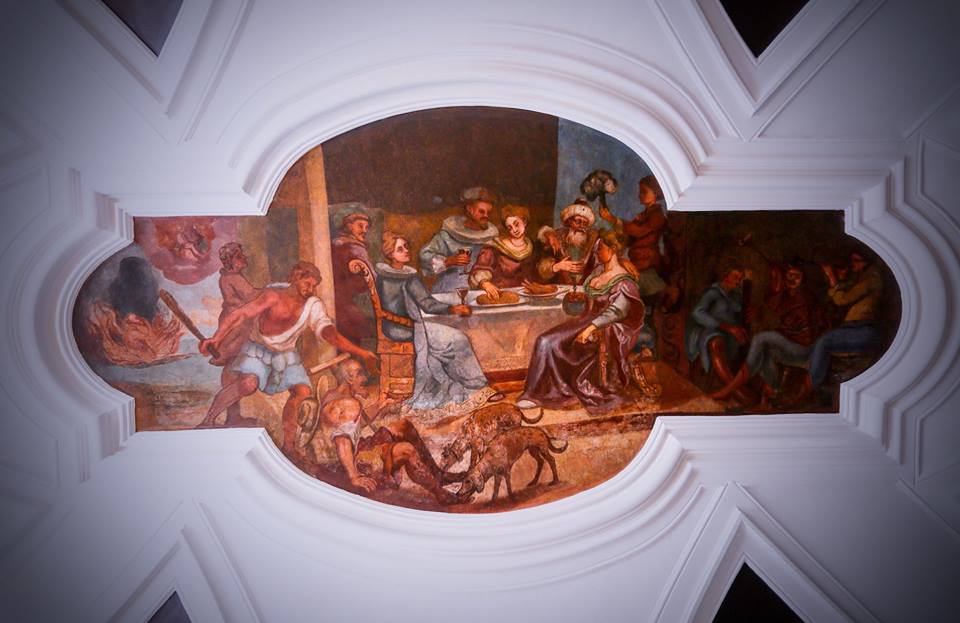
The economic and aesthetic design can be exemplary as far as similar historic buildings gaining new functions are concerned. Within the framework of the current reconstruction, the vaulted passage also gained a new form of common use by the restaurant downstairs and the Institute. Thus, the historical development of the building together with the prospective conversion of the loft located above the passage will be more feasible.
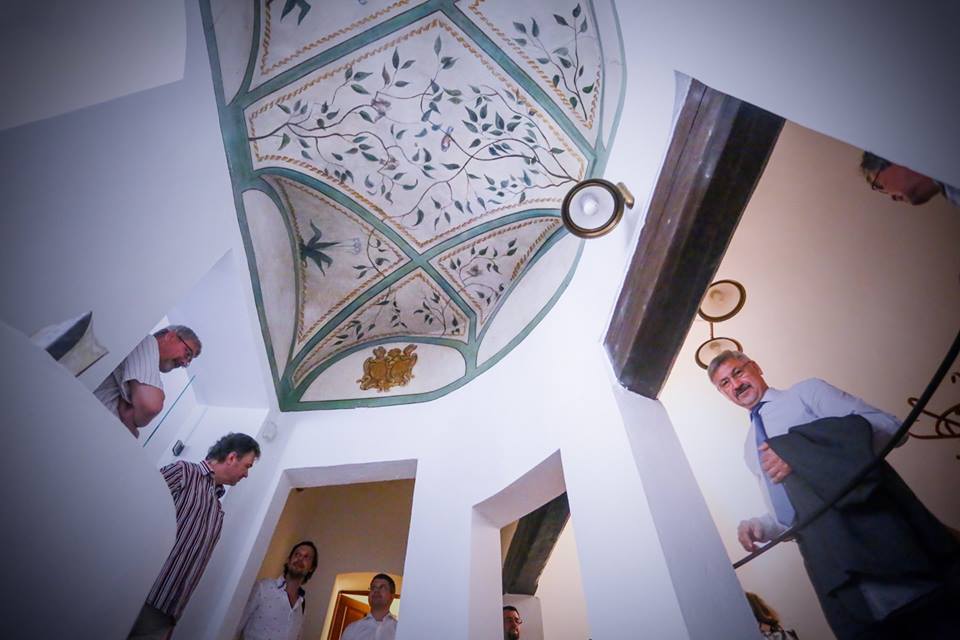
One of the major challenges for monument restorers was to restore the well-known sgraffito technique. They faced the so-called classic problem of “restoration of restoration”. This action must be taken from time to time, which can be attributed to the specific trait of the sgraffito technique and its poor resistance to conditions. The edges produced when “carving” the upper layer of the coatings of differing colors are less resistant to the freeze-thaw cycle (that might occur even more than once during a winter day) that is very common in our climate. Renovation works were completed and the classic sgraffito technique – previously documented and presented in a degraded condition during restoration process – was recreated while preserving the “original” decoration elements and patterns. Thus, the original surfaces underneath the uniformly designed façade were preserved.
Sgraffito House:
Investor: Local government of Kőszeg
Architectural planning: Katalin Sz. Sopár
Interior design: Gábor Gyurkovics – interior designer, Falco Sopron Bútor Kft. – interior design contractor
General construction: Szárnyasép Kft.
Cultural heritage authority: László Jan Bodovics